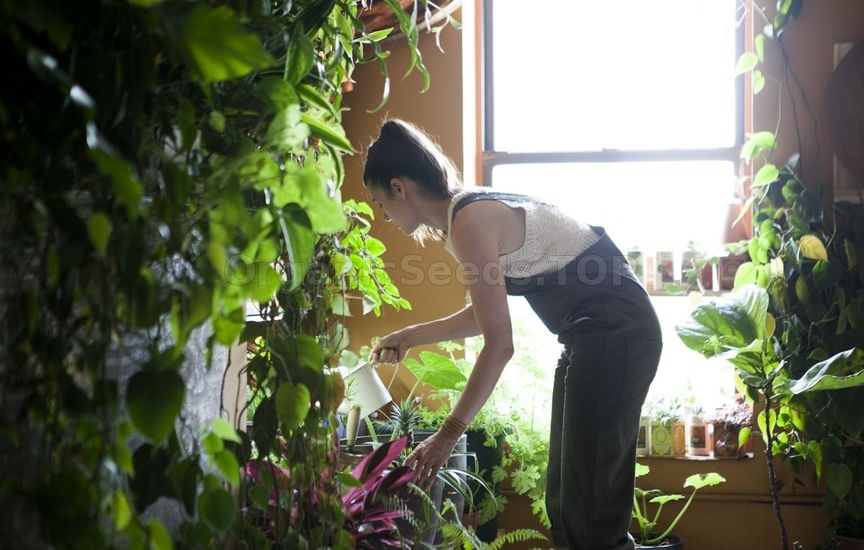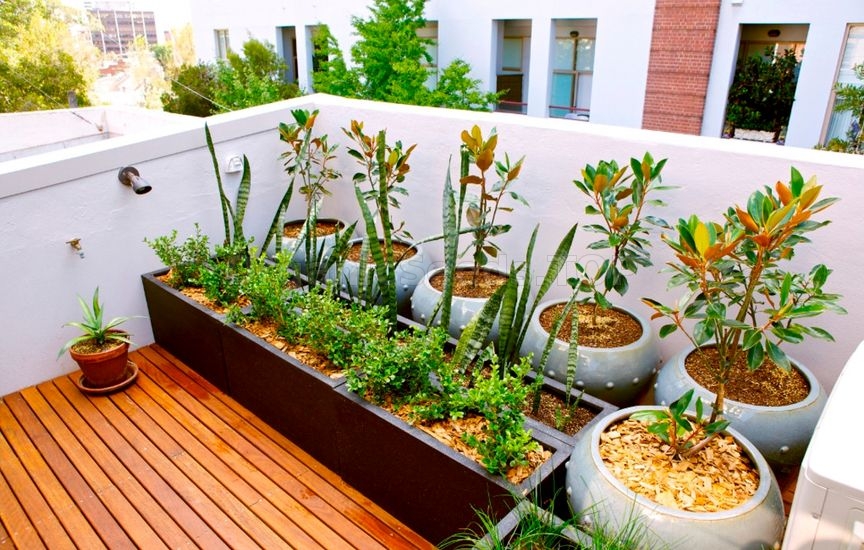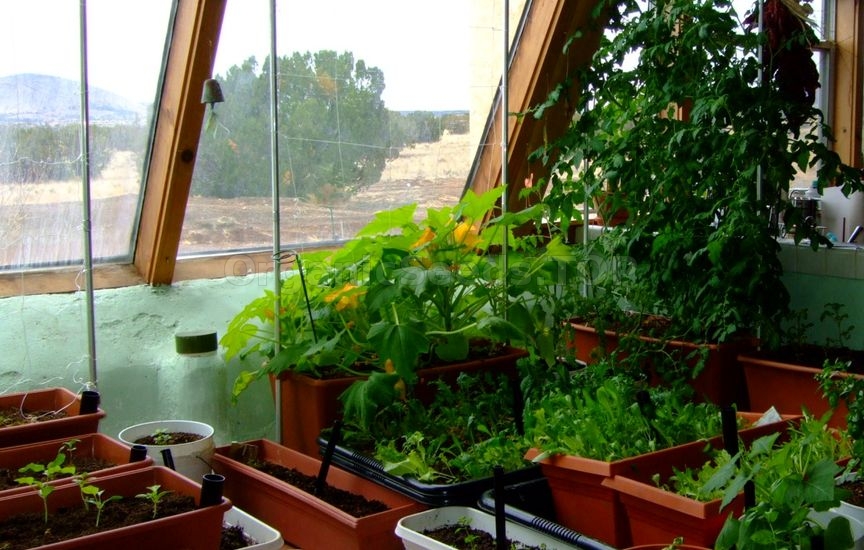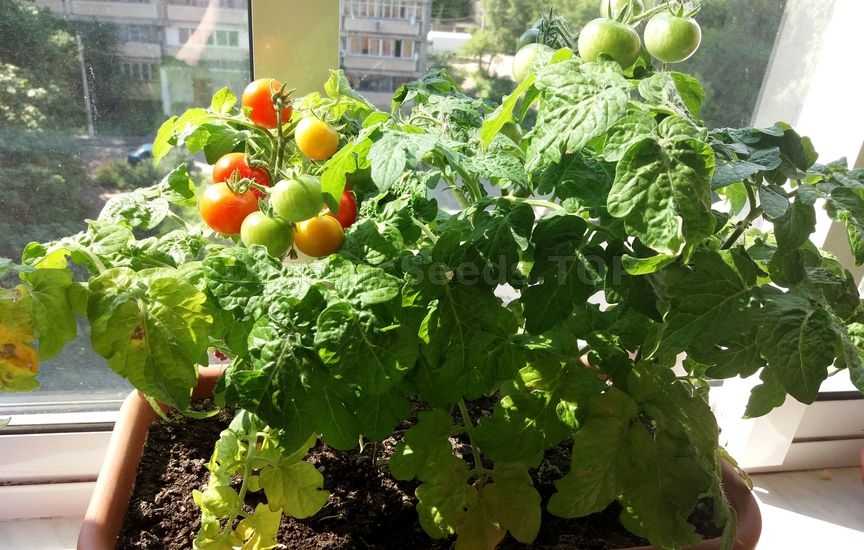No backyard, no problem: how to grow your own vegetables in an apartment |
We are increasingly disconnected from the food we eat. What better way to fix that than to grow your own stash? Madeleine Somerville explains how.
How to grow your own vegetables in a flat, condo or studio apartment If you live in a flat or a condo and lack the space for a garden of your own, you may still be able to access a plot of land through a community garden. Ask around to see if one exists near you. When you do get started, veggies such as kale, peas and zucchini are easy to grow and can offer a confidence boost to novice gardeners, but the best guide for what to plant should be what you love to eat. Browse through a seed catalogue and see what makes your mouth water – I’ve always loved West Coast Seeds for unique heritage seed varieties, but finding a seed supplier local to you will give you your best chance of success. Fill the garden plot with your favourite veggies or those that tend to be more expensive to buy in grocery stores, such as cauliflower. Staggering the planting of one-time harvest veggies such as broccoli or radishes by planting their seeds in several batches a few weeks apart means they won’t ripen all at once and overload your garden (or your capacity to eat them). Planting a few varieties of squash or pumpkin means you’ll enjoy harvests all the way into late fall but make sure you have plenty of room for them, as their vines do like to wander.  If a ground-level garden is out of your reach, you can still tackle gardening on a much smaller scale. Growing herbs on your countertop or windowsill allows you to replace dried old pantry staples with the real thing, and growing salad greens instead of succulents means you can enjoy a fresh salad every day, without the plastic packaging or the cost. Secondhand stores often have plant pots for just a few dollars; fill them with spinach, arugula, radicchio and romaine lettuce for a great salad mix you can harvest as needed. Old teacups are the perfect size to hold a handful of herb staples such as basil, cilantro, oregano, and parsley (but unless you’re experienced in drilling ceramics, the cups won’t have drainage, so be careful not to overwater). Don’t get suckered into buying a whole bunch of specialized gardening gear – you can do this on a fairly barebones budget and with repurposed items too. As long as it’s not leaching anything toxic, your carrots aren’t going to care what they grow in, promise.  It’s incredible how much you can grow on a balcony: things such as chard, tomatoes and strawberries can thrive in container gardens, depending on your growing season and the amount of light you get. You can even regrow some veggies right from the cuttings, without starting over from seed. Finding a way to grow your own food connects you with what you’re eating, and it also offers massive nutritional benefits too. Nutrient degradation occurs rapidly between when produce is picked and when it is eaten – green beans, for example, lose 77% of their vitamin C after seven days. The quicker you can eat your produce after it’s been harvested, the better. Having a backyard or balcony full of fruits and veggies is a great reminder to do so. But what of those who haven’t the time, the space or, frankly, the inclination to grow their own food? It needn’t be all or nothing, a choice between a backyard garden or a sprawling supermarket.  Farmers’ markets offer a fantastic in-between option for those who want to close the gap between field and table without getting their hands dirty. Food in the US travels an average of 1,500 miles to get to your plate, but shopping at a farmers’ market allows you to buy the freshest and in-season produce, absent long-distance shipping or artificial ripening. In the UK, this site gives a great listing of local farmers’ markets; this site does the same via a zip code search for the US. At the heart of it, this is about more than carrots or kale. When I speak about being disconnected, it’s more than kumbaya hippy nonsense. We are increasingly living at arm’s length from what we eat and wear, from our communities and those we love. This detachment is having a profound impact on our social, emotional and psychological health and although growing veggies in your backyard isn’t a cure, it’s a damn good start. It closes the gap between us and the food we eat, it reminds us that food doesn’t come from the supermarket shelves, cleaned, trimmed and packaged. You may need:Vegetable seedsLeafy vegetables |
|
|
